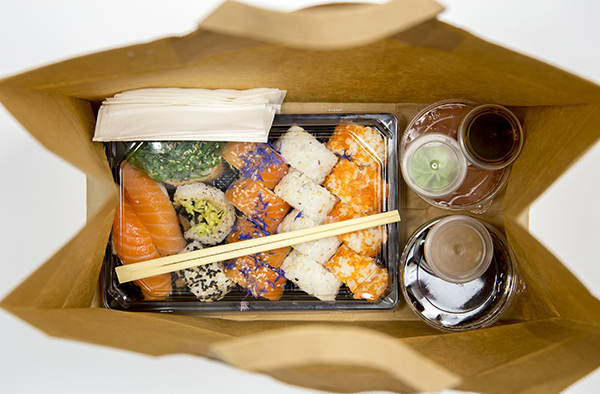Strategies for Hand Hygiene Effectiveness
In our second blog this month, the topic of hand hygiene continues (and really, it should never go away!) with a focus on strategies to achieve in a foodservice operation. Numerous studies, and likely your own observations, have concluded that efforts to wash hands will depend on the amount of time available, ease in accessing handwashing sinks and supplies, and structure of work tasks. There is no question that the foodservice work setting can be chaotic, especially during peak meal times. While there is a tendency for managers to continually push for greater output in less time, we suggest those in charge of a foodservice take a step back and take a look at how employees are completing tasks. Maybe some coaching with them on taking a few minutes to get organized and plan how and when tasks will be completed can result in the need for less handwashing and greater productivity, which will result in them feeling more energetic as there is less “spinning of wheels” and more mindful actions. Managers might consider a strategy called “swarm scheduling”, which involves multiple team members in a concerted effort to complete a job more quickly and require fewer handwashing occasions than when one person was tasked with multiple transactions. Here is one example, which is available in a video version on the Iowa State University Food Safety Project site as part of a USDA project called Do Your PART.
Job:
Make 100 sandwiches consisting of bread, meat and cheese slice, lettuce and tomato.
Plan:
Prepare mise en place (chef’s term for everything in its place) by taking bread from packages and stacking in pans, combining meat and cheese slices into portions and stacking in pan on ice, and pre-assembling lettuce leaf and tomato slices in portions in pan on ice. Each person has a designated pre-prep task, or one person completes in sequence with pans of cold foods held in refrigeration. When all preps completed, set up assembly line.
Assembly:
The swarm of workers each has designated role with one assigned only to supply the line with additional pans of prepped ingredients as needed and take prepared sandwiches to holding unit when tray completed.
Without the team approach, the sole person assigned to the task of making the sandwiches would have multiple handwashing and glove change occasions because of having to supply the line and store completed product (remember the refrigerator door handles are a high touch point).
The team approach can also be used throughout the work day. Help employees think in terms of “clean” and “dirty” and encourage them to help each other out. For instance, in front of house, assign some employees the job only of clearing tables (dirty) and others the task of only serving food and beverages (clean). In the dish room, one person loads soiled dishware and another unloads clean items and stores.
During the SafeBites Webinar earlier this week, some training ideas were presented along with other strategies. The webinar is archived in case you missed the original presentation.
Safe food is dependent upon good hand hygiene, which means employees need to wash hands when and how they should, and change gloves as needed to avoid contamination of foods. These actions mitigate the risk of foodborne illnesses. Risk Nothing!










